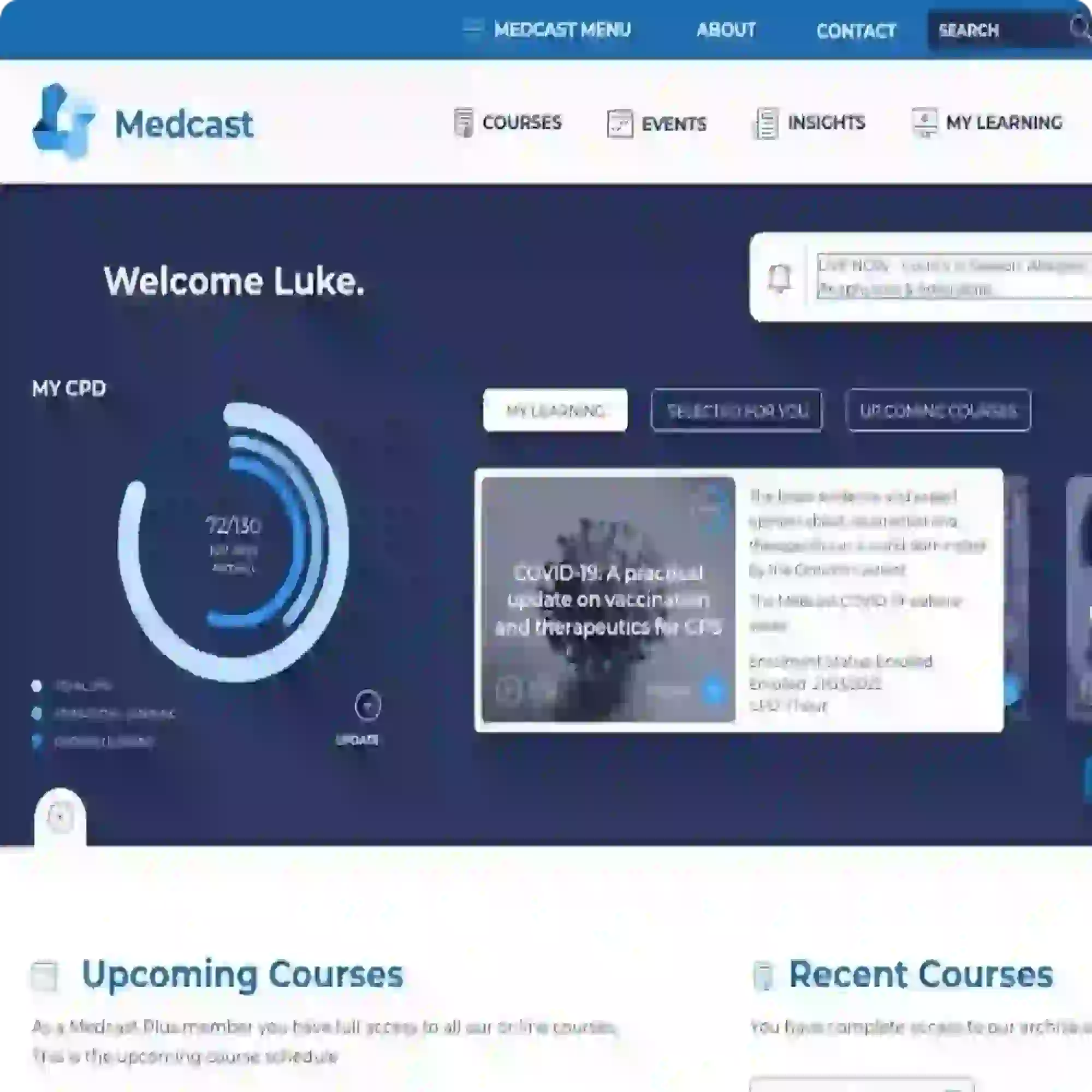
Clinical depression is a real problem in children and even more so in adolescents. In this population group intervention is difficult and made more so by controversy and uncertainty around the efficacy of antidepressant medications and their impact on the developing brain.
On June 8th this year The Lancet published the results of a new meta-analysis of the research around antidepressant medication use in children and adolescents by Cipriani et al. (Here is a link to the abstract:http://www.thelancet.com/journals/lancet/article/PIIS0140-6736(16)30385-3/abstract ) The study looked specifically at efficacy and tolerability of a wide range of antidepressant medications across 34 trails involving over 5,000 subjects.
Here is what they found: “When considering the risk–benefit profile of antidepressants in the acute treatment of major depressive disorder, these drugs do not seem to offer a clear advantage for children and adolescents. Fluoxetine is probably the best option to consider when a pharmacological treatment is indicated.”
This is really where we’ve been with this problem for a long time.
The Report on the Second Australian Child and Adolescent Survey of Mental Health and Wellbeing published in 2015 (https://www.health.gov.au/internet/main/publishing.nsf/Content/9DA8CA21306FE6EDCA257E2700016945/$File/child2.pdf) states that the “rates for depression, self-harm and thoughts about suicide in teenagers are particularly worrying, with approximately one in ten indicating that they have engaged in self-harming behaviour.” One in seven 4-17 year olds were assessed as having had a mental health disorder of some kind in the preceding 12 months and for 2.8% of children and adolescents that disorder was major depression.
Untreated mental health problems in childhood have significant consequences. These include failure of normal emotional and interpersonal development, educational delay, interpersonal dysfunction, and higher incidence of subsequent mental health problems and criminal behaviour in adulthood. We can’t ignore it.
If antidepressants are neither safe nor particularly efficacious in childhood and adolescent depression, then we need to be offering something else.
Risk factors for mental health problems in childhood and adolescence:
Clearly we need to be able to identify those children at risk of mental health problems. As GPs and as community members, we need to take action to help prevent the development of mental health disorders and to intervene early when problems begin to appear.
Apart from biological factors and personality-based predisposition, there are numerous risk factors for childhood and adolescent mental health disorders. These include early trauma, exposure to physical or verbal abuse, bullying and harrassment, exposure to violence, loss of a loved one through death or family break-up, social or cultural isolation, poverty or identifying as gay. Many of these are social issues that leave us with the task of advocating for change on behalf of our patients as well as doing what we can to support our patients as they navigate their environments.
Some environmental problems might be improved by wider knowledge of good and effective parenting skills. A range of online resources exist to help parents improve their skills from Triple P parenting programs to programs, currently in the research phase but soon to be available, aimed at helping parents manage specific issues such as anxiety in 3-6 year olds (https://coollittlekids.org.au ) or extreme disordered behaviour (see examples of this in the ABC’s Kids on Speed documentaryhttp://www.abc.net.au/tv/programs/kids-on-speed/)
Perhaps helping kids develop emotional management skills before they become unwell may be another good strategy. Websites such as the Black Dog Institute’s BITE BACK and the ReachOut site can be useful way to help vulnerable adolescents.
MoodGYM (www.moodgym.anu.org.au) was originally developed as a mental health fitness building program (hence the name) for adolescents and proved to be very effective, especially for boys. It was only later that it was also shown to be helpful in treating existing mild to moderate anxiety and depression. Many other sites and programs also provide similar fitness building strategies. Look at the modules in myCompass for another example of things you can recommend that may help build resilience in the adolescent age group.
Above all, make sure the kids you see know that you are interested in them, that they can talk to you, and that you know about things that might help – not just about medications.
Become a member and get unlimited access to 100s of hours of premium education.
Learn moreBye bye articulate it was nice knowing you, have a nice life. Bye bye articulate it was nice knowing you, have a nice life. Bye bye articulate it was nice knowing you, have a nice life. Bye bye articulate it was nice knowing you, have a nice life. Bye bye articulate it was nice knowing you, have a nice life.
The PTSD Program for people with Post Traumatic Stress Disorder.
Do you know anyone who has difficulty motivating themselves to exercise? I think we all know people who get too depressed to exercise or too anxious to leave the house. But there are other people who, despite a lack of “diagnosis”, find exercise hugely difficult to contemplate.